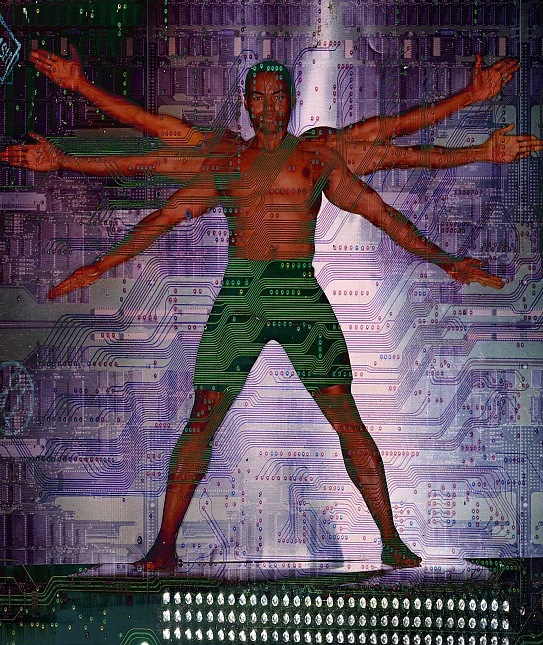 One of the problems with the Western education system, which spills into many other areas of life, is the excessive compartmentalisation of knowledge into narrow specialisations.
One of the problems with the Western education system, which spills into many other areas of life, is the excessive compartmentalisation of knowledge into narrow specialisations.
Yet the most creative breakthroughs often come from cross-fertilisation of ideas from other disciplines. For example Mary Midgley describes “slipping out over the wall of the tiny arid garden cultivated at that time under the name of British Moral Philosophy” to wrestle with questions of human nature, culture and evil by learning from psychologists, anthropologists and biologists. As a result she has produced some of the most profound and exciting works of philosophy in recent years.
I’ve just finished reading another book that crosses boundaries – in this case also across different cultures. The Art of Living – aesthetics of the ordinary in world spiritual traditions by Crispin Sartwell is perhaps an unfortunate title for such a revelatory book. The heart of the book is a critique of how we came to separate art from technology in Western culture – a separation which is not there in other cultures and which was not present in European culture until the 18th Century.
The consequences of this separation are that art gets removed from everyday life into the museums, art galleries and concert halls while technology becomes just “a means to an end”. This goes hand in hand with the separation of mind, body and spirit that occurred at just about the same time in Western thought along with the rise of modern capitalism with its factories and machines.
The separation of means from ends goes to the heart of the issues at stake. In a technological age, everything becomes seen through the lens of technology – as a means to an end. This includes organisational and political structures, the economy and finance, and even the biggest part of our lives – the time we spend at work. In a beautiful chapter on the Japanese Tea Ceremony, which illustrates how an ordinary and mundane activity (making and drinking tea) can be spiritually transformative, he quotes the Zen master Thich Nhat Han:
“While washing the dishes one should only be washing the dishes, which means that while washing the dishes one should be completely aware of the fact that one is washing the dishes. At first glance, that might seem a little silly: why put so much stress on a simple thing? But that’s precisely the point. The fact that I am standing there and washing these bowls is a wondrous reality. I’m being completely myself, following my breath, conscious of my presence, and conscious of my thoughts and actions… If while washing the dishes, we think only of the cup of tea that awaits us, thus hurrying to get the dishes out of the way as if they were a nuisance … we are not alive during the time we are washing the dishes…. If we can’t wash the dishes, the chances are we won’t be able to drink our tea either. While drinking the cup of tea, we will only be thinking of other things, barely aware of the cup in our hands. Thus we are sucked away into the future – and we are incapable of actually living one minute of life.”
Bringing art back into technology is not a matter of hanging some Hockney prints in the boardroom or having a Roger Dean designed logo printed on your products. It is, rather, a way of living and working in which the “how” we do things (means) is important and satisfying in its own right. The reward is not (just) the paycheck at the end but is to be found in the work itself. If the work itself becomes meaningful to those engaged in it, the results are more likely to have the qualities that the ancients ascribed to art: beauty, goodness and truth. Think “artisan” or “craftsman” rather than the caricature of the artist as misunderstood genius.
Interestingly, there is much in common between the author’s description of the mindset of the artist and what psychologist Mihaly Csikszentmihalyi calls “Flow” – being totally present and immersed in the task to the point where time seems to stop; the sense of wrestling with a challenging problem; and the deep satisfaction that comes from engaging in this way.
Many people have never experienced this state in their working lives. Getting there is not easy, but there are many tools which can help – including some of the tools I work with: Talent Dynamics and the Enhancing Their Gifts System™.
Mike Lowe
Helping individuals and teams get into flow





